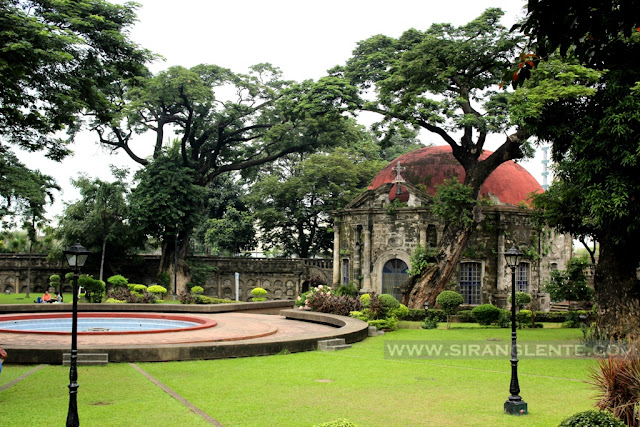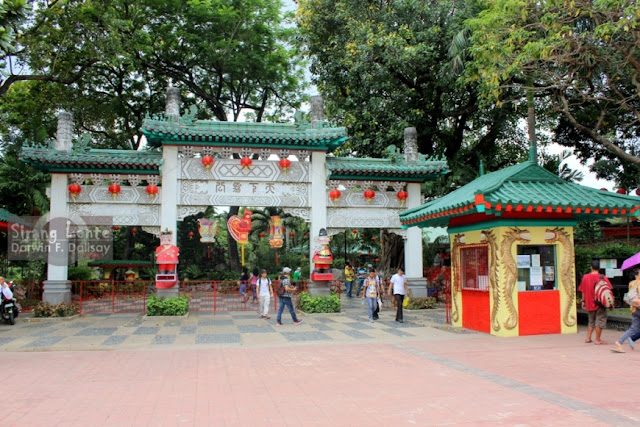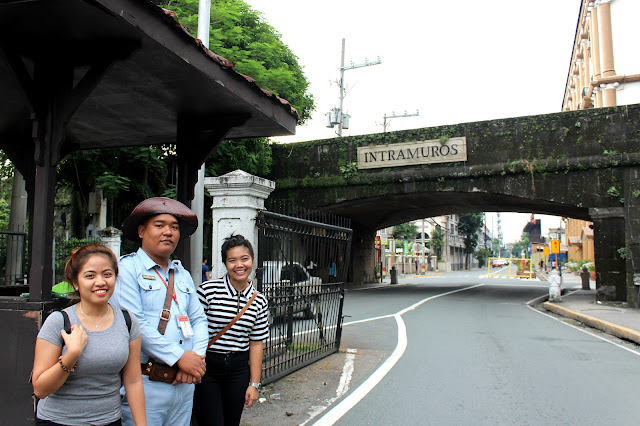
Manila Cathedral, or the Manila Metropolitan Cathedral Basilica, is situated in the district of Intramuros, City of Manila. Originally, this church was the "Church of Manila," which was established under the management of the Diocese of Mexico in 1571, but in 1579 it became a separate diocese. Been here several times, but it's my first time seeing the stunning golden lights on its structure after dark.



















